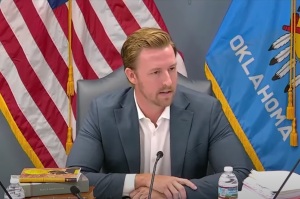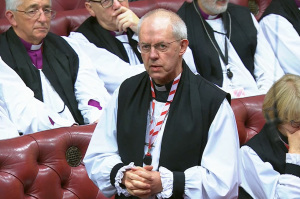Quarter of Immigrant Groups in U.S. Remain Unreached
America receives immigrants from 202 countries in the world, yet Christians are not reaching out to around 25 percent of the groups, according to a recent study.
"Things are changing in the U.S. and Canada," said Ed Stetzer, director of LifeWay Research, in a report released Friday. "By 2050, there will be no majority race or ethnicity in the United States.
"The nations of the world are living right here, yet many are not hearing the gospel in an intentional, organized way. We can do better."
A study by LifeWay Research and the North American Mission Board – the domestic missions arm of the Southern Baptist Convention – found that immigrants from Mexico, South Korea, Cuba and China are well ministered to and involved in churches and missionary organizations in the United States.
People from Myanmar, Vietnam and Cambodia are becoming increasingly involved in Christian organizations also.
Overall, however, the growth of immigrant participation in the 74 surveyed organizations – which have a total of 3,757 missionaries and church planters working among first-generation immigrants – is slow.
Surveyed organizations currently minister to immigrants from 151 of a possible 202 countries considered in the analysis. While a quarter of the ethnic groups have no organizations ministering to them in North America, another 26 percent have only one or two national or regional organizations reaching out to them.
"For us to be faithful in assisting our churches in the tasks of evangelism and church planting, we need an awareness of what work is underway so believers, churches, denominations and ministries can support and participate in these missions efforts here in North America," said Richard Harris, interim president of NAMB.
"We will not make significant progress in fulfilling the Great Commission in North America until we take seriously the mandate to reach more of the millions of immigrants and hundreds of people groups in our communities with the gospel," he added.
The study comes ahead of the Southern Baptist Convention's annual meeting in June. The SBC is the largest Protestant denomination in the country with 16 million members but the body remains predominantly white even as America becomes less Anglo, Stetzer pointed out.
"The fact that our churches (and thus our convention) do not reflect the culture should concern us," the missiologist said. "A lack of outreach on our part should give us pause."
Immigrants from 24 countries have more than 50 missionaries or church planters in North America ministering to them. Meanwhile, countries with five or fewer missionaries include Germany, France, Italy, Poland and Middle Eastern, African and Eurasian countries.
"Believers in North America need to stop waiting for a 'melting pot' to impact immigrants and instead make personal efforts to engage the first-generation immigrants around them with the gospel," Stetzer said.
"Without a doubt, asking the question 'Who is not here?' is difficult," he noted. "It requires churches to look inwardly at who they are and outwardly at who they need to reach. But we must ask it if we are to take seriously the command of Christ to 'make disciples of all nations.'"
The study was conducted between July 21 and Sept. 2, 2009. Survey participants included missionaries, pastors and laity who work among first-generation immigrants in North America, along with national and regional organizations – representing a variety of evangelical denominations and groups – and professors who teach immigrant missions and evangelism. Findings reported are based on responses only from the organizations.





























